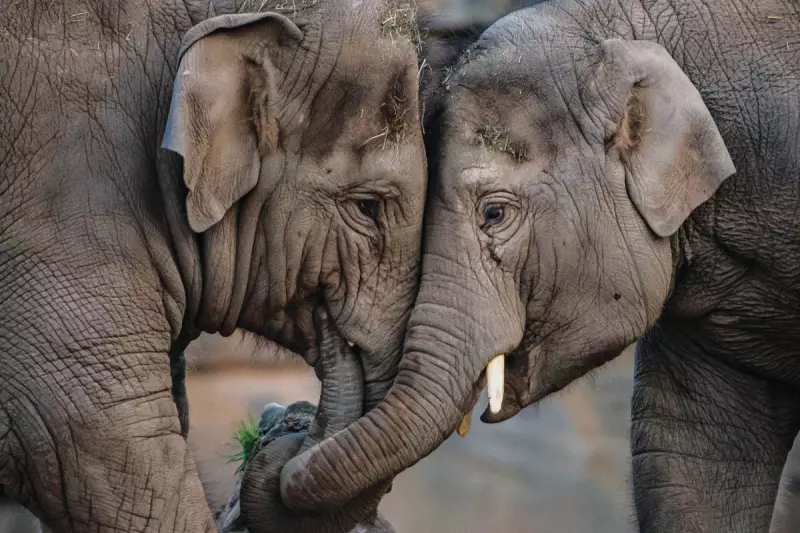
In a landmark conservation breakthrough, Chester Zoo has partnered with the University of Surrey to unveil astonishing new insights into the hidden world of Asian elephants. The pioneering research, employing state-of-the-art tracking technology, has revealed previously undocumented behaviours that could transform how we protect this critically endangered species.
Revolutionary Monitoring Techniques
The groundbreaking study utilised advanced accelerometers and gyroscopes attached to the elephants, similar to technology found in smartphones. This innovative approach allowed researchers to monitor the majestic creatures' movements with unprecedented precision, capturing data on their daily activities, social interactions, and resting patterns.
Dr Lewis Rowden, research manager at Chester Zoo, expressed his excitement about the findings: "We're essentially seeing these magnificent animals in a completely new light. The technology has given us a window into aspects of elephant behaviour that were previously invisible to us, even after decades of observation."
Critical Conservation Implications
The research comes at a crucial time for Asian elephants, with only an estimated 40,000-50,000 remaining in the wild. Habitat loss, human-wildlife conflict, and poaching have pushed the species to the brink of extinction across their native range in Southeast Asia.
Dr Daniele Biljon from the University of Surrey emphasised the study's importance: "Understanding exactly how elephants spend their time is fundamental to improving both zoo management and wild conservation strategies. This data helps us create better environments that support their natural behaviours and overall wellbeing."
Surprising Behavioural Discoveries
Among the most remarkable findings was the revelation that elephants spend significantly more time resting than previously thought. The research documented:
- Complex social interactions during evening hours
- Varied feeding patterns throughout day and night
- Surprising levels of nocturnal activity
- Individual behavioural differences between elephants
These insights are already influencing how zoos worldwide manage and care for their elephant populations, while also informing conservation efforts in the animals' natural habitats.
Future of Elephant Conservation
The success of this collaborative project has paved the way for further technological innovations in wildlife conservation. Researchers believe similar approaches could be applied to other endangered species, creating new possibilities for protecting global biodiversity.
This research represents a significant step forward in our understanding of one of the world's most iconic yet threatened species, offering renewed hope for the future of Asian elephant conservation.





